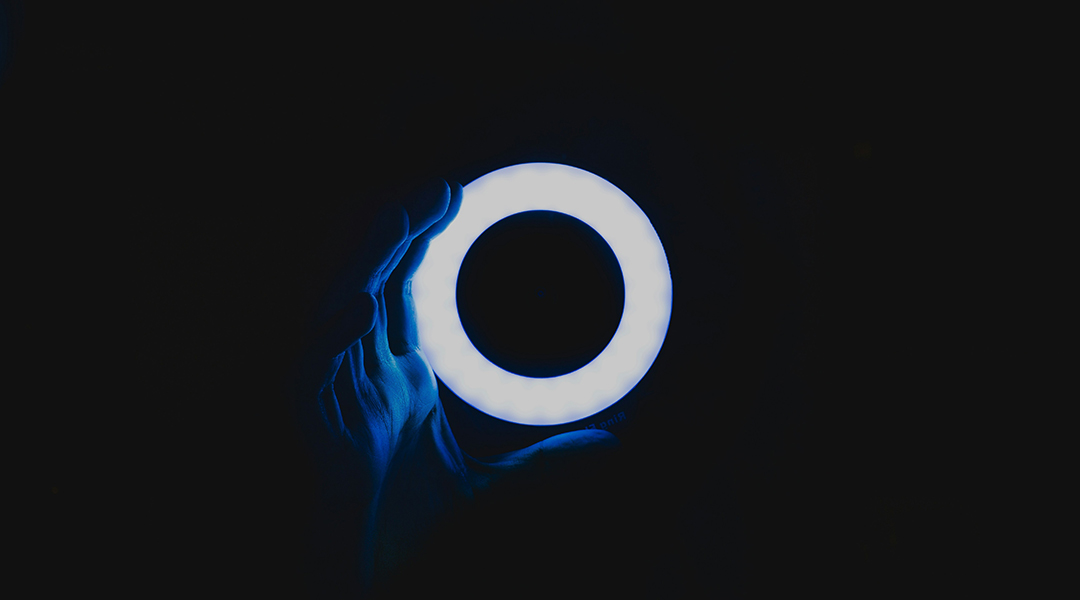Scientists have identified specific neural pathways that may mediate the antidepressant effects of bright light therapy, providing new insights into what happens in the brain during depression.
Bright light therapy, commonly used by sufferers of seasonal affective disorder, involves exposure to sunlight or artificial light from a light box for a prescribed period of time. The treatment may also help solve sleep problems and relieve chronic pain.
Although bright light therapy has been shown to be more effective than placebos in some studies, and many others have established a link between the brain region known as the lateral habenula and depression, the specific downstream targets of lateral habenula neurons have remained in the dark.
Chaoran Ren, a professor of neurobiology at Jinan University, and his colleagues aimed to “shed light” on these targets and the role they may be playing in alleviating symptoms of depression using bright light therapy.
Unravelling the link between the brain and depression
Depression and other mood disorders are linked to how lateral habenula neurons communicate information — a process called firing.
When lateral habenula neurons fire, electrical signals from some of these neurons are generated in clusters known as bursts. To transmit information more rapidly, especially in unfamiliar or highly stimulating environments, neurons may fire in frequent bursts, cueing routine physical and psychological processes such as emotional responses.
Excessive burst firing of neurons in the lateral habenula — which might happen when someone is chronically stressed — has been associated with symptoms of depression and anxiety in both humans and animals.
To identify the downstream targets of lateral habenula neurons, Ren and his team used a technique called virus tracing. First, they injected viruses labelled with green fluorescent protein into the lateral habenula of mice, safely “infecting” the neurons.
By examining brain slices under a fluorescence microscope, they found that three specific areas of the brain — the dorsal raphe nucleus, ventral tegmental area, and median raphe nucleus — were supplied with the fluorescent-labelled neurons.
To map the pathways of the lateral habenula neurons to these downstream targets, the researchers did the reverse –– they injected the dorsal raphe nucleus, ventral tegmental area, and median raphe nucleus with viruses attached to different-colored fluorescent proteins, allowing the individual pathways to be distinguished from each other. This provided the researchers with a map for lateral habenula neurons in normal-functioning mice.
Ren and his colleagues were also interested in how the activity of lateral habenula neurons would be altered in “depressed” mice.
To mimic human depression and its related symptoms, like anxiety and despair, they exposed the mice to different stressful stimuli for 28 days and recorded the activity of the lateral habenula neurons using electrophysiological techniques. Their recordings clearly showed that burst firing along the three pathways of the lateral habenula neurons was heightened compared to normal.
The researchers were also able to identify which neural pathways gave rise to specific symptoms of depression.
They found that feelings of anhedonia — finding less joy in activities that would normally be enjoyable — and anxiety are mediated by bursting in lateral habenula neurons towards the dorsal raphe nucleus, while despair is mediated by simultaneous bursting of lateral habenula neurons towards the dorsal raphe nucleus, ventral tegmental area, and median raphe nucleus.
With their neural map in hand, they investigated whether bright light therapy could alleviate these symptoms in mice undergoing exposure to stressful stimuli.
How bright light therapy relieves symptoms of depression
The researchers shone a 3000 lux white-light lamp — an intensity they found to be effective in a previous mice study — on the mice for two hours daily for the final two weeks of the stress tests. For comparison, in humans, the clinical recommendation is to use a white-light-emitting box with an intensity of 10,000 lux.
They found that the 3000 lux treatment regimen not only significantly reduced the mice’s depressive-like behaviors but also effectively decreased burst firing of the lateral habenula neurons along each pathway.
“These findings advance our understanding of the mechanisms behind depression and the antidepressant properties of bright light therapy,” said Ren.
But the picture is not yet complete. In the future, Ren and his team plan to study how the neurons found in the three reward centers regulate particular symptoms of depression. He also pointed out that the RNA levels of lateral habenula neurons might differ, potentially affecting their mood-regulating capability.
“Higher or lower levels of specific RNAs might have different capacities for synthesizing neurotransmitters, responding to stimuli, or regulating ion channels,” Ren explained.
Although the study provides scientific evidence that bright light therapy can alleviate symptoms of depression in mice, whether the same mechanisms are responsible for its efficacy in humans is still unclear.
Reference: Xianwei Liu et al. Burst firing in Output-Defined Parallel Habenula Circuit Underlies the Antidepressant Effects of Bright Light Treatment, Advanced Science (2024). DOI: 10.1002/advs.202401059
Feature image credit: Nadine Shaabana on Unsplash

















